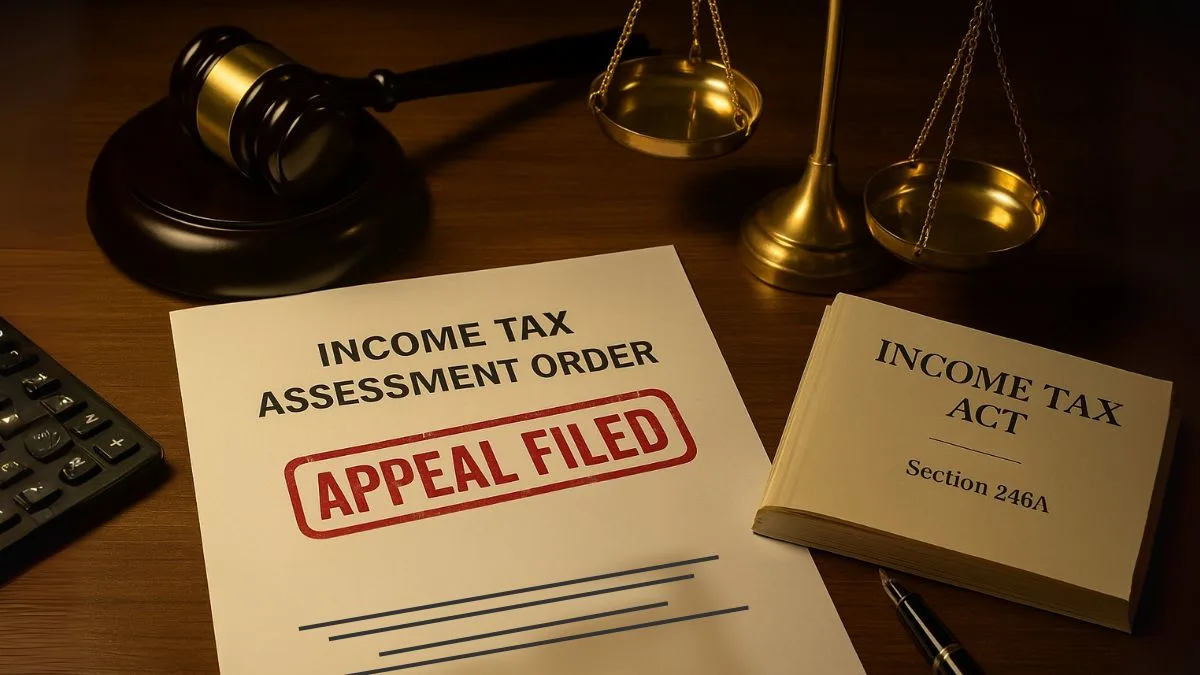
Section 144B of the Income Tax Act is one of the most talked-about reforms in India’s tax system. It lays the foundation of the Faceless Assessment Scheme, which aims to make the tax filing and assessment process more transparent, efficient, and hassle-free for taxpayers. Gone are the days when you had to visit the income tax office or worry about human bias. The digital era of taxation is here.
What Is Section 144B of the Income Tax Act?
Introduced as part of a broader tax reform, Section 144B of the Income Tax Act, 1961, outlines the procedural framework for conducting faceless assessments of income tax returns. This means that the entire process, right from issuing notices to passing assessment orders, will be done electronically, without any physical interface between the assessing officer and the taxpayer.
The Faceless Assessment Scheme under Section 144B was introduced to minimise the scope for corruption, eliminate the discretion of individual officers, & promote greater accountability in the tax system. The scheme is governed by a detailed framework that involves multiple units, such as Assessment Units, Verification Units, Technical Units, & Review Units, all working together anonymously. "
Purpose and Vision Behind Faceless Assessment
The primary goal of Section 144B is to bring uniformity and objectivity to tax assessments. It eliminates personal interaction, thus reducing the possibility of harassment. By removing jurisdiction-based assessments and introducing centralised systems, this provision ensures that assessments are fair and data-driven.
According to the government, this digital reform empowers taxpayers and enhances trust in the system. It also enables faster processing and reduces unnecessary delays in issuing tax orders.
Procedural Framework Under Section 144B
Section 144B lays down a clear procedure that includes:
- Assignment of cases through automated systems.
- Issuance of notice electronically.
- Communication via the Income Tax portal.
- A structured response system for taxpayers.
- Review and finalisation by multiple units to avoid errors or unfair assessments.
This faceless scheme ensures that assessments are documented, systematic, and traceable. "
Penalty Proceedings under Section 144B
Another critical aspect of this section is the provision for Penalty Proceedings under Section 144 B. I., During assessment, it is found that the taxpayer has concealed income or misreported information, penalty proceedings may be initiated. However, just like the assessment, these proceedings are also faceless.
This gives the taxpayer a fair chance to respond to any show-cause notice before the penalty is finalised. The process is automated & includes a detailed review mechanism.
Notices and Amendments Under Section 144B
One of the most common concerns among taxpayers is receiving a notice under Section 144B of the Income Tax Act. These notices are typically issued for the purpose of seeking additional information, clarification, or initiating an assessment under the faceless regime.
It's important to respond promptly through the Income Tax e-filing portal. Ignoring such notices could lead to penalties or adverse assessments.
Over time, amendments in Section 144B of the Income Tax Act have made the faceless process more robust. For example, provisions were added to handle technical errors, taxpayer grievances, & internal audit mechanisms to ensure consistency.
How Is It Different from Traditional Assessments?
The earlier method of tax assessment involved a lot of subjectivity and physical interaction. Taxpayers had to visit their local income tax office and sometimes deal with undue influence. Section 144B changed that by introducing a faceless, jurisdiction-less assessment system.
There is no physical interface, no meeting with assessing officers, & no local jurisdiction involved. The entire process takes place via a centralised electronic system.
Challenges Faced by Taxpayers
While the Faceless Assessment Scheme under Section 144B is revolutionary, it has not been without challenges. Some common concerns include:
- Technical glitches in the portal.
- Lack of clarity in notices.
- Short response timelines.
- Difficulty in submitting supporting documents digitally.
However, the government has been working to resolve these issues by updating the portal, providing tutorials, and offering better grievance redressal systems.
Why This Matters to You
If you're a taxpayer, understanding Section 144B of the Income Tax Act is crucial. It governs how your return is assessed & what your rights and obligations are. Whether you're a salaried individual, a business owner, or a consultant, you might fall under the scope of faceless assessments.
Knowing how to respond to notices, what documents to upload, & what the timelines are can help you avoid penalties and ensure smooth compliance.











